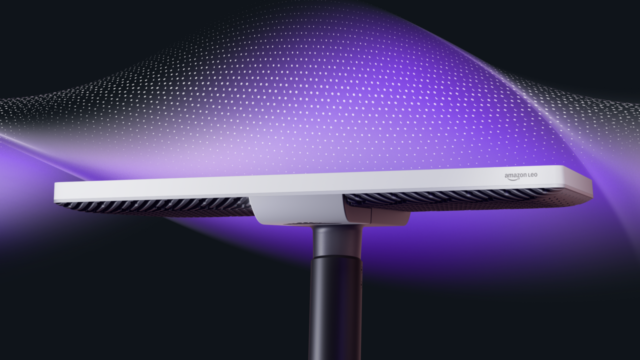Shiitake mushrooms might hold the key to the next leap in memory hardware. Researchers have successfully created working computer components called memristors using mycelium, the thread-like network that powers fungi. These mushroom-based memristors perform similarly to silicon chips but could one day offer a greener, cheaper, and surprisingly brain-like alternative.
Mushroom memory moves beyond sci-fi

The idea might sound like something out of speculative fiction, but it’s real science. Instead of traditional materials like titanium dioxide, scientists turned to the dense, neuron-like networks of mycelium. They seeded petri dishes with spores, nurtured them into robust fungal mats, and then dried the samples under sunlight to preserve their structure.
Once prepped, the mushroom mycelium was wired into custom circuits and tested for its ability to store and switch electrical signals. The result? A “mushristor” capable of switching at 5,850 Hertz with 90% accuracy, well within reach of low-end commercial memristors.
Why use mushrooms for computer memory
Shiitake mushrooms weren’t chosen at random. This species is resilient, stable, and can handle stressors like radiation. That resilience makes it an ideal candidate for unconventional hardware.
Even more compelling is the structure of mycelium itself. Much like neurons, mycelium can transmit both electrical and chemical signals. Scientists believe this natural similarity could make mushrooms uniquely suited for neuromorphic computing machines that operate more like brains than calculators.
Key benefits of mushroom-based memory
Here’s why this fungi-fueled approach matters:
- Low cost – Mushrooms are cheap and widely available.
- Eco-friendly – No toxic materials or industrial waste.
- Scalable – Grows easily under controlled conditions.
- Biodegradable – Breaks down naturally after use.
- Brain-like behavior – Mimics neural signal processing.
Performance trade-offs and tweaks
Still, it’s not all perfect. Higher voltages degraded the mushrooms’ performance. But researchers found a fix: they added more mushrooms. It’s a crude solution, but it worked. That kind of flexibility is rare in traditional computing components.
Mushroom memory shows promise, not perfection
You won’t be scrolling TikTok on a mushroom-powered phone anytime soon. But the science is advancing. Early-stage results like this open the door to biodegradable tech that could be grown in a lab or even a compost heap.
The future of computing might not be all circuits and silicon. It could be soft, strange, and grown in the dark.














